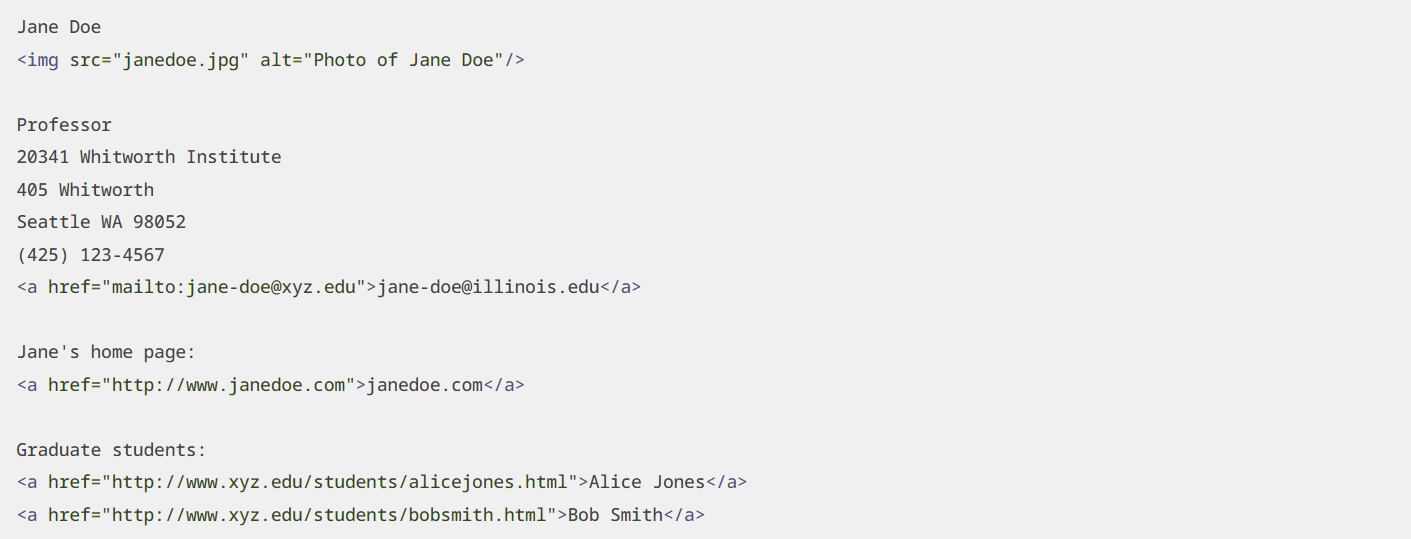What EEAT Signals Look Like
Dade Bulter
Last Update منذ عام واحد
With EEAT it can be tough to visualize what each signal looks like. In this article, we've added helpful examples showcasing what several EEAT signals look like when present on your page.
Scroll to the bottom of the article to learn how to add Schema to different CMS platforms and page builders.
Privacy Policy
A link on your target page to a Privacy Policy page. (A link that contains the word “Privacy” in an A tag, usually in the footer of the page)
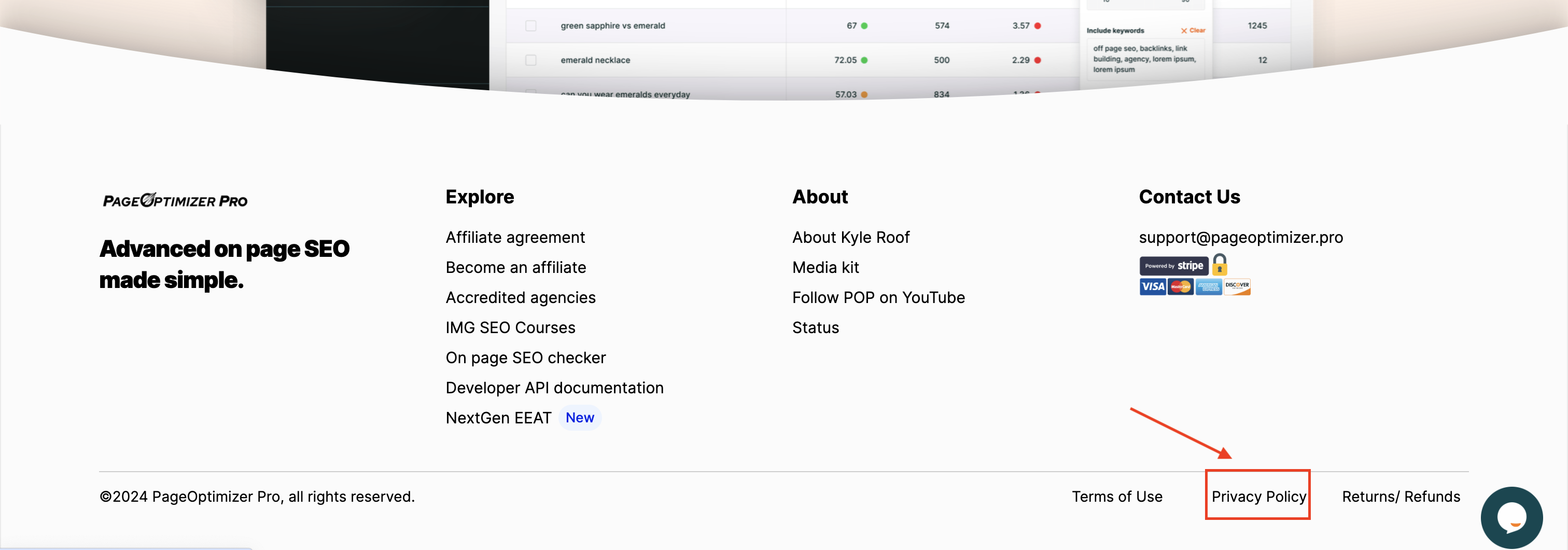
Meet The Team Page
A link on your target page to a Meet The Team page. (A link that contains the word “team,” “meet us,” “meet the team,” “who we are,” “the crew,” “crew,” “our people,” “people,” “our story,” “profiles”, “stuff” in an A tag, this link usually appears in the header of the page).
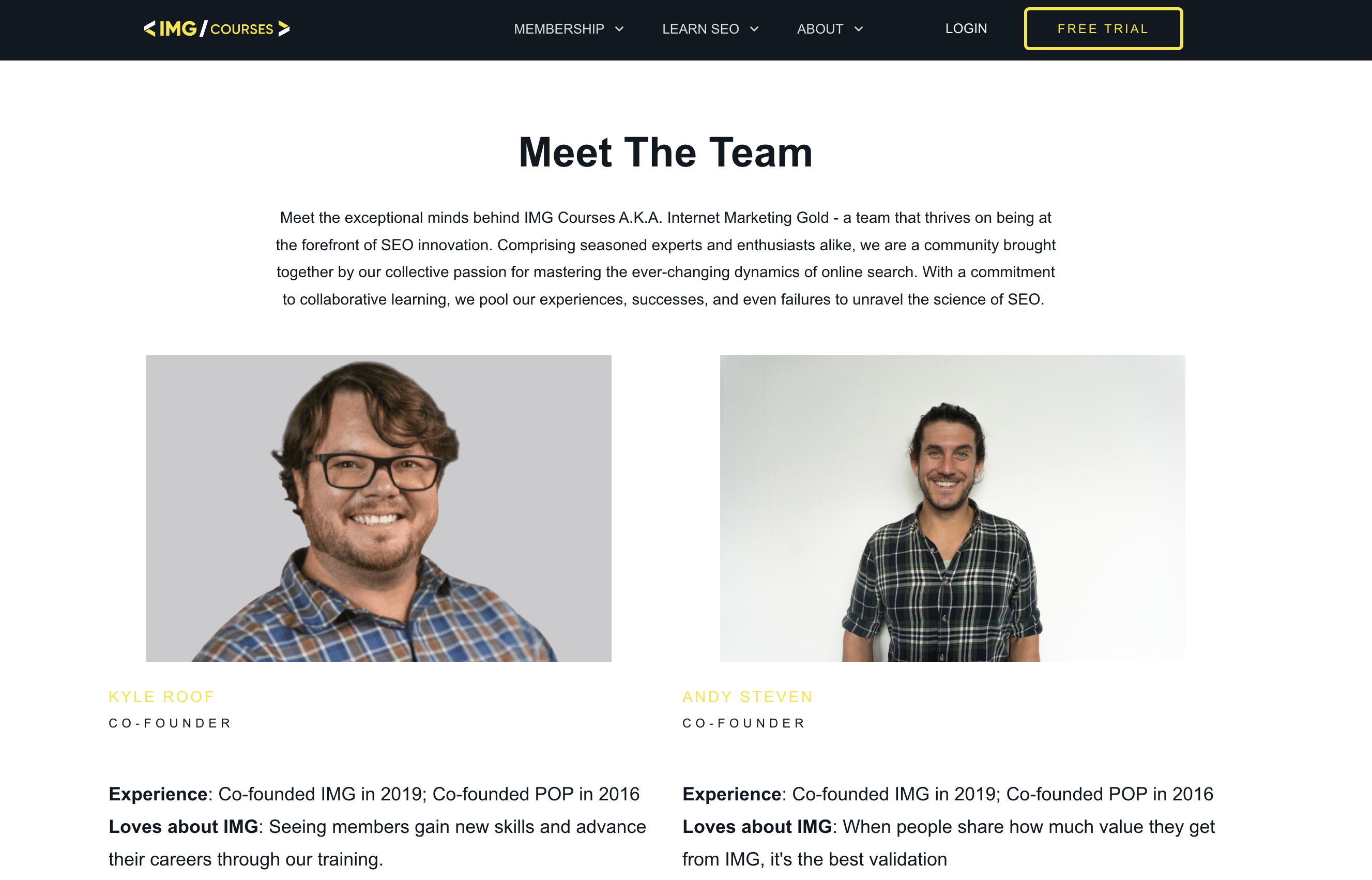
About Us Page
A link on your target page pointed to an About Us Page. (A link that contains the word “about,” “our history,” “company,” or “our details” in an A tag, usually in the header of the page).
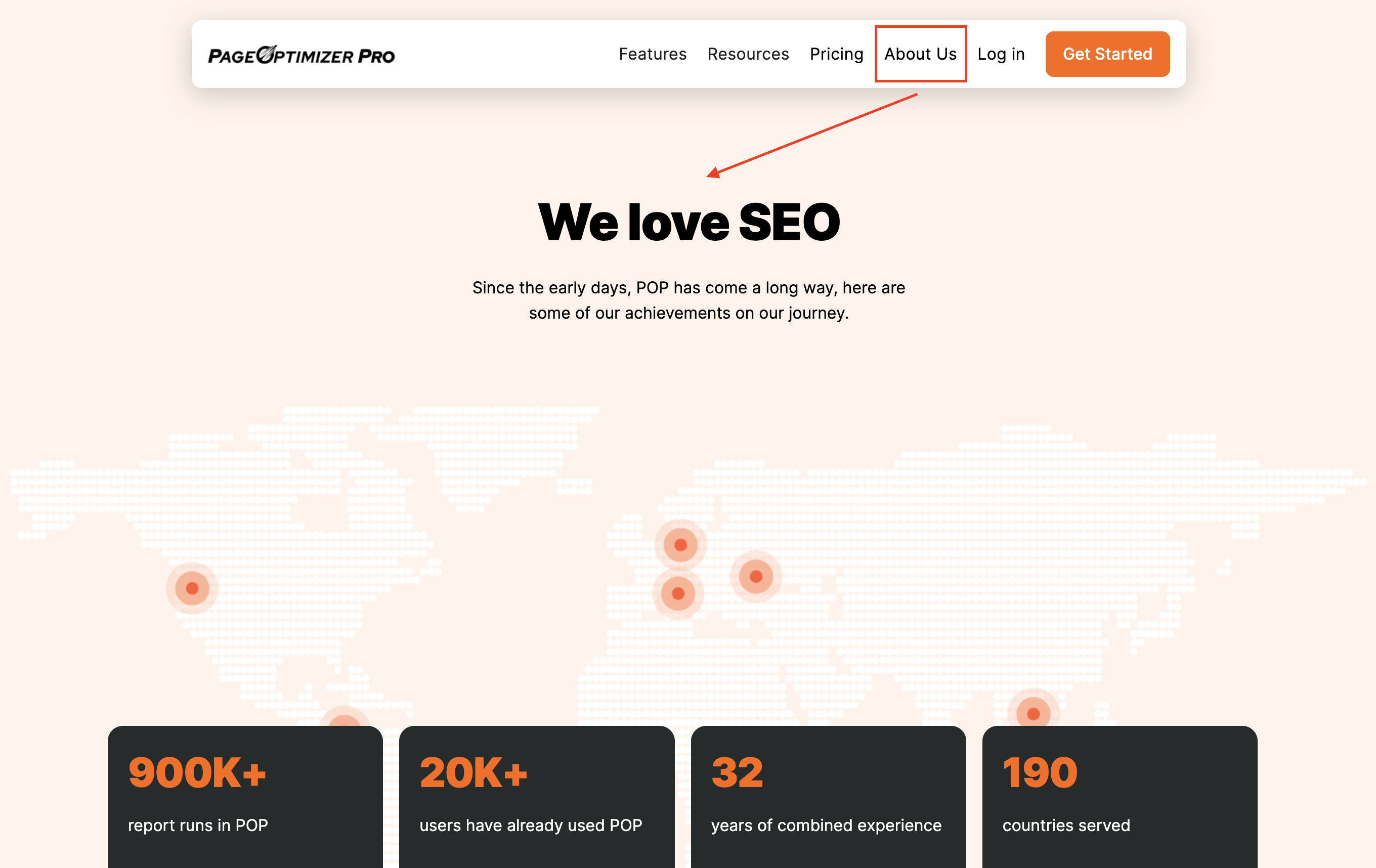
Blog Page
A link on your target page pointed to a Blog Page. (A link that contains the word “blog” or “news” in an A tag, usually in the header or footer of the page).
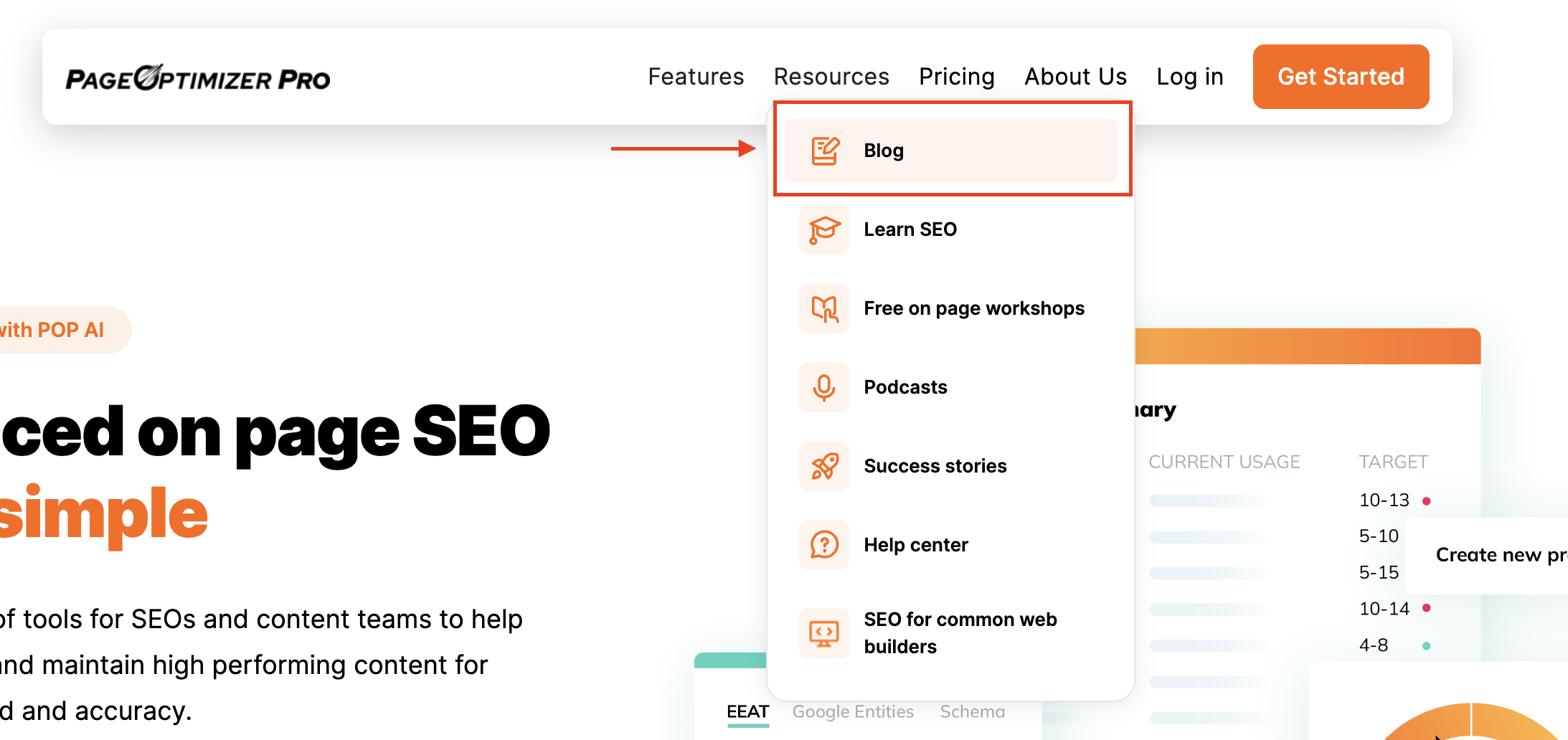
Cookie Policy/GDPR page
The presence of a link that includes the words “cookies,” or “cookie.”

Contact details
The presence of contact indicators. A link that contains the words “phone,” “contact,” or “email” in an A tag. This type of signal is usually displayed in the footer of your target page.
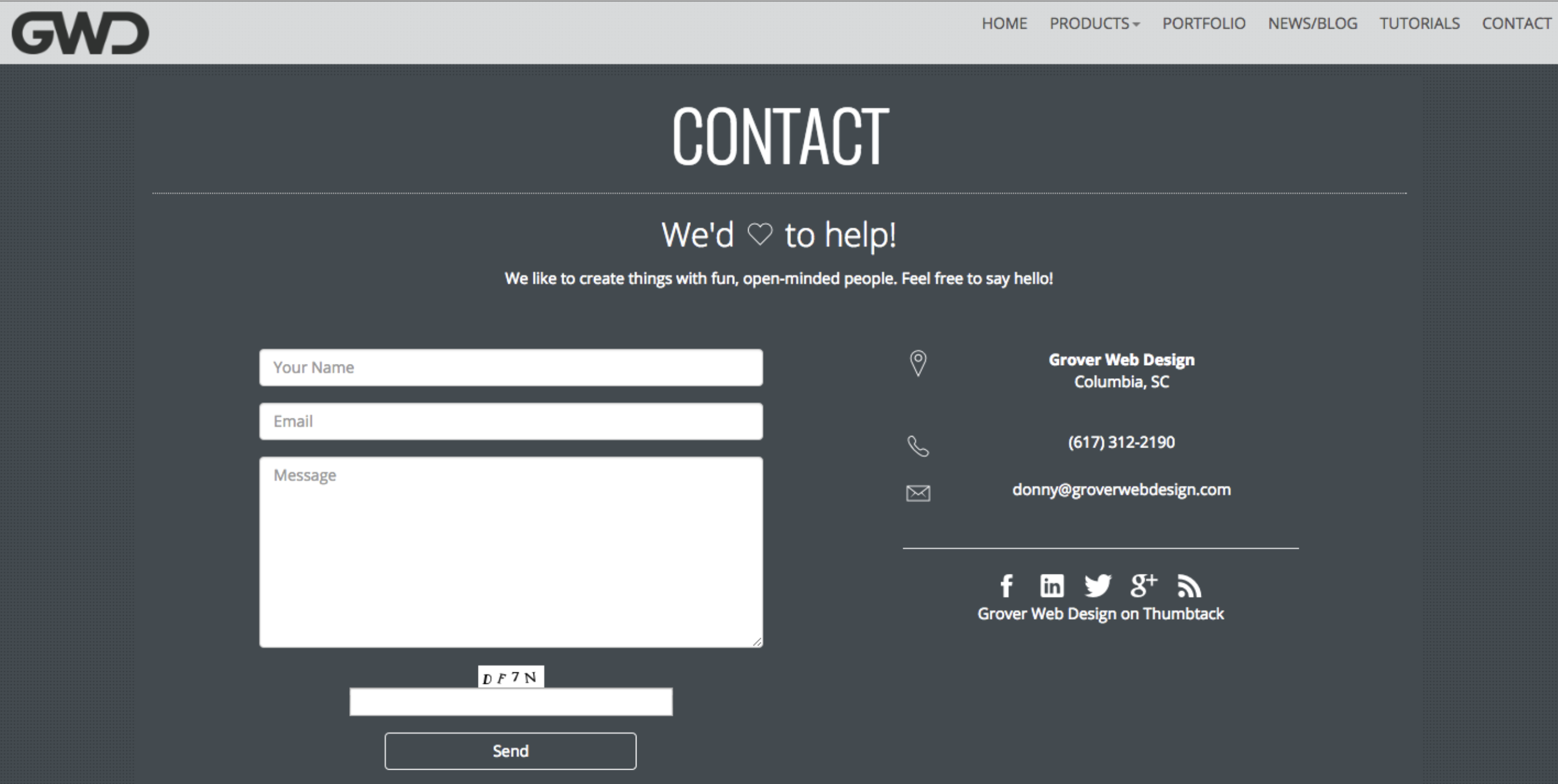
Organization Schema
The presence of Organization Schema markup in the HTML source code. This type of schema should be displayed on either the home page, about us page, or the contact us page.

Total Internal links
The number of UNIQUE internal links (links in the BODY of your target page) pointed to other internal pages. Internal pages are pages that exist on the same domain.
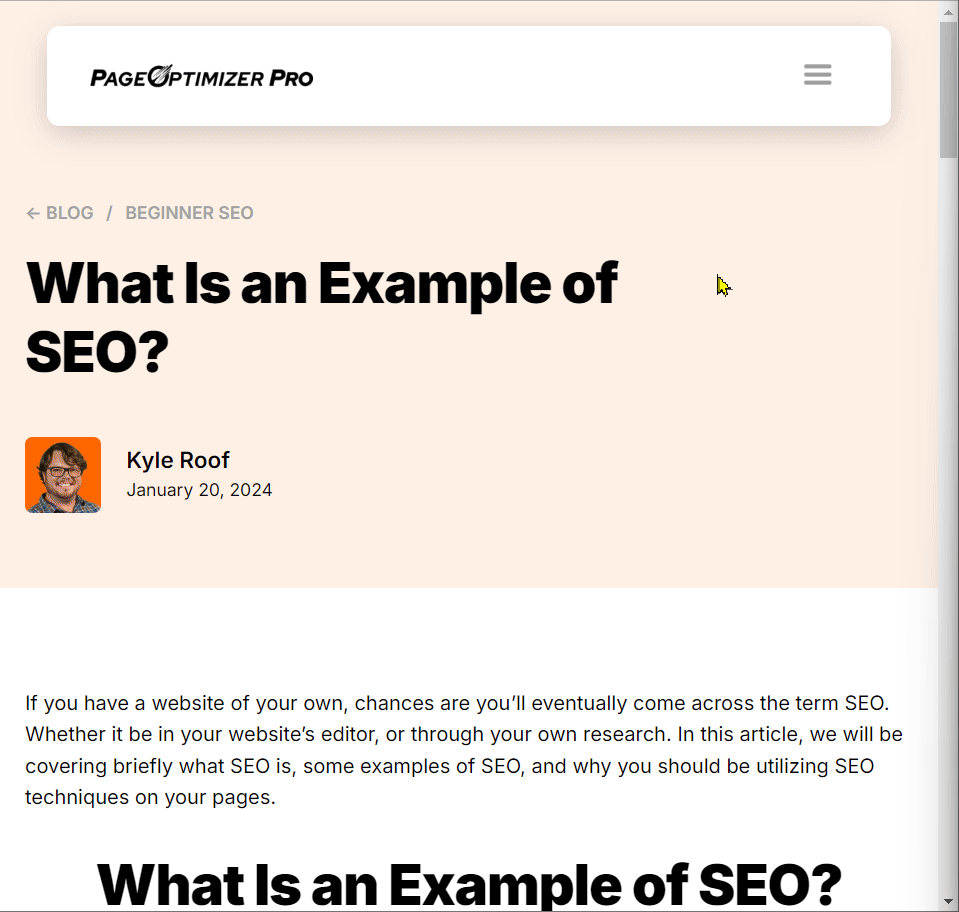
Internal Broken Links
Do any internal links on the page go to a 404 page? Internal pages are pages that exist on the same domain.
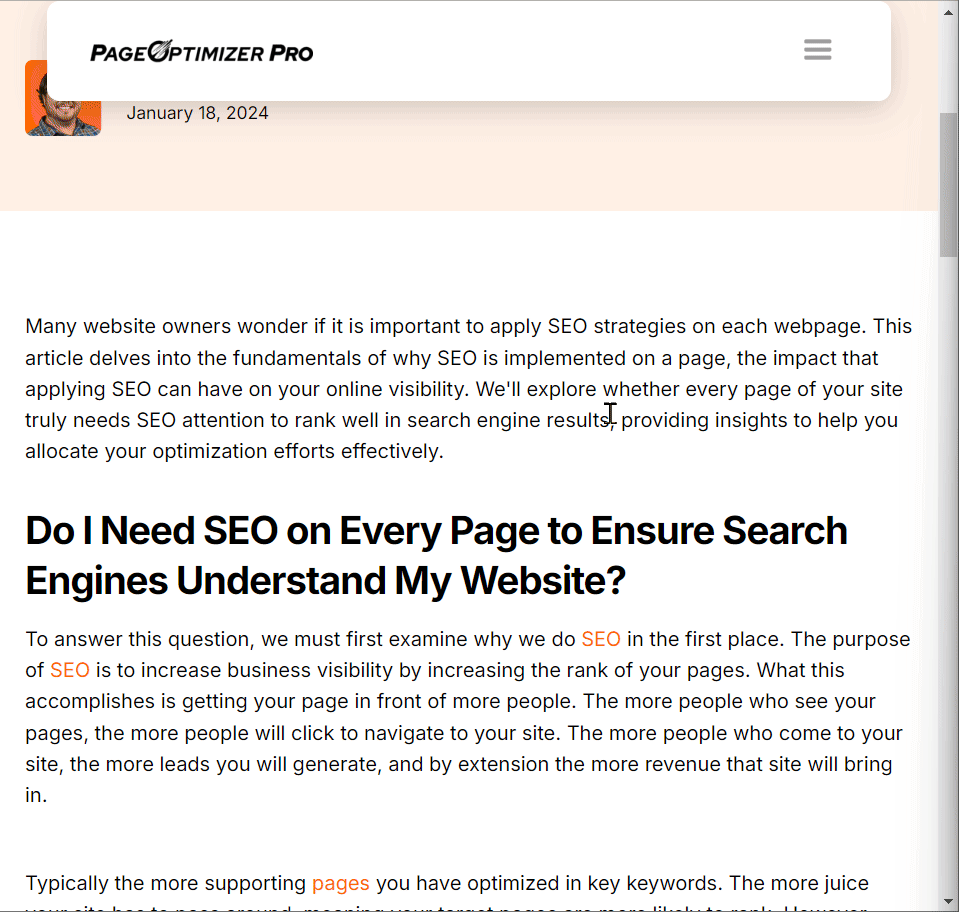
Social Media Links
The presence of any link to a social media account displayed in the footer or header of the target page. The following social media accounts are checked: Twitter, Facebook, Linkedin, Instagram.
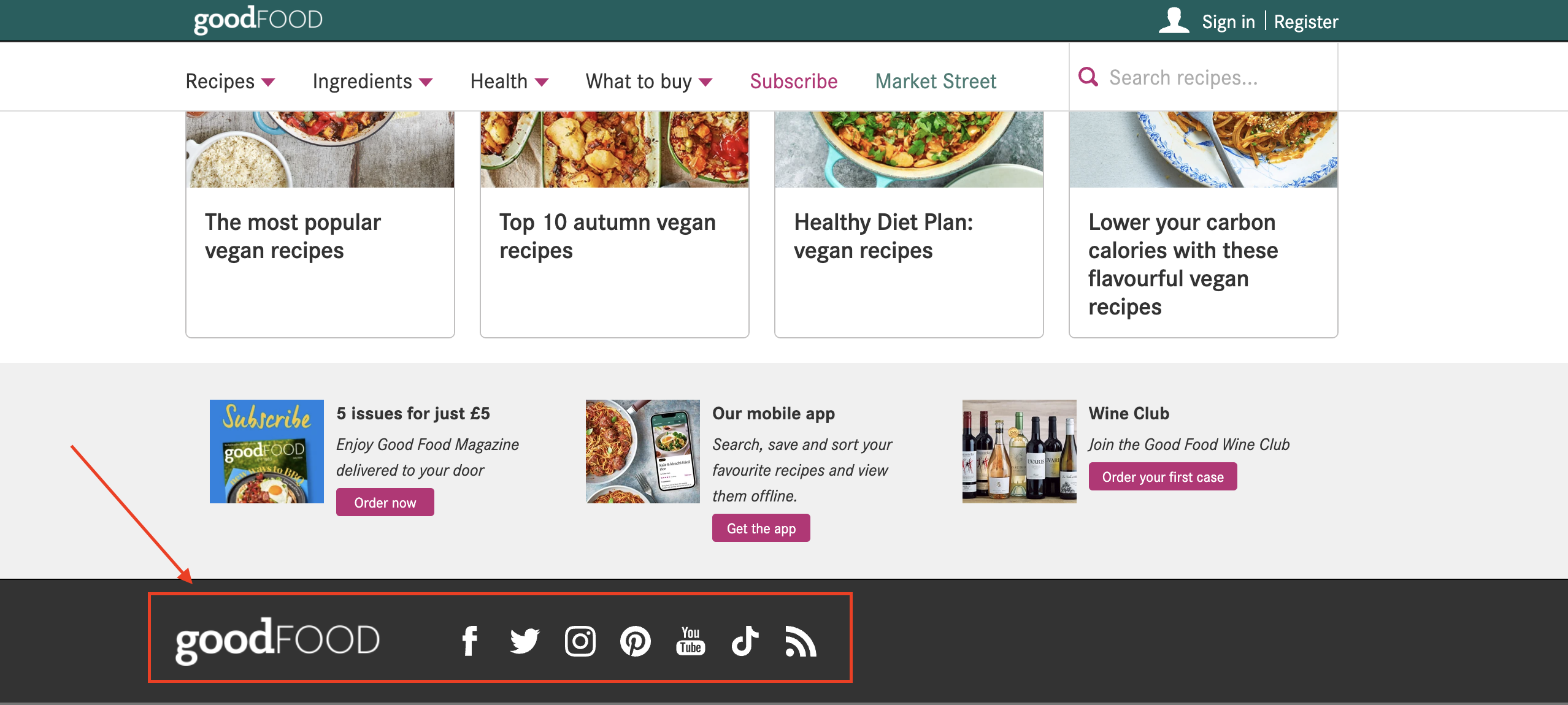
Phone number
The presence of a phone number in the HTML source code of your target page.
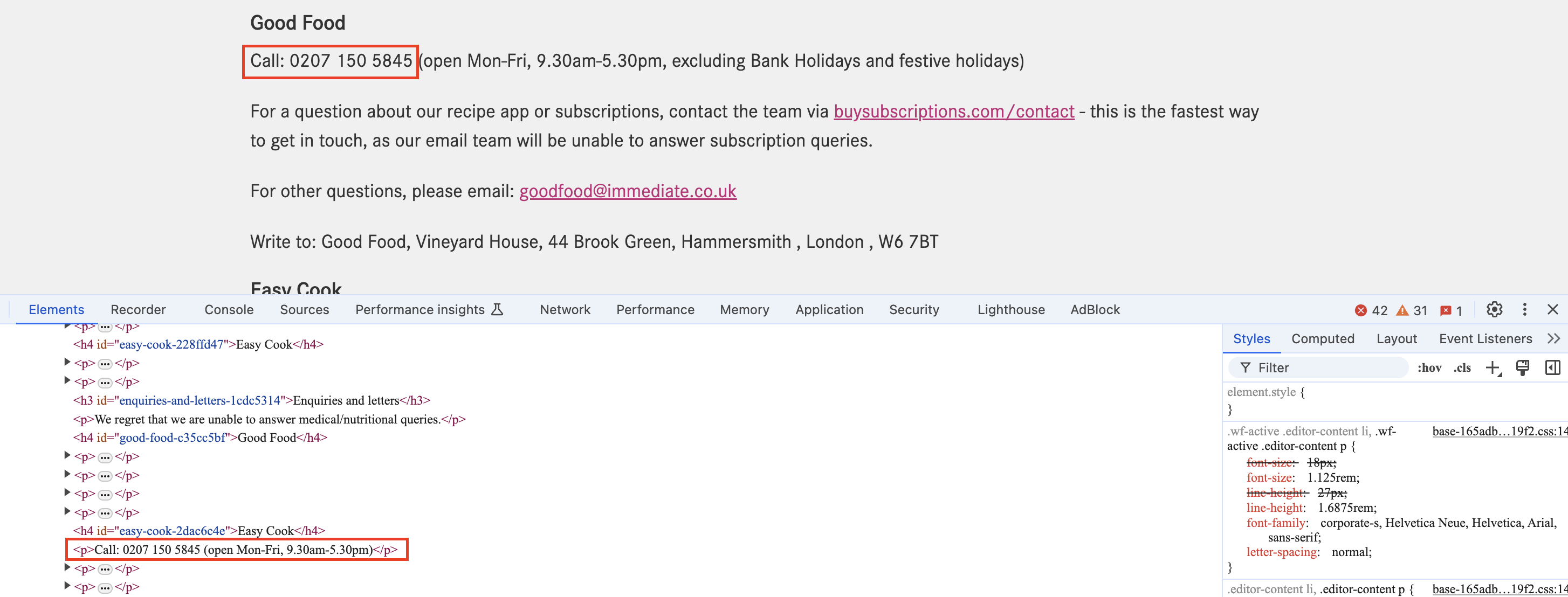
The presence of a linked email, clickable on the page.

Twitter Cards
Presence of <meta name="twitter:card" content="...." /> a tag in the html source code of your target page.
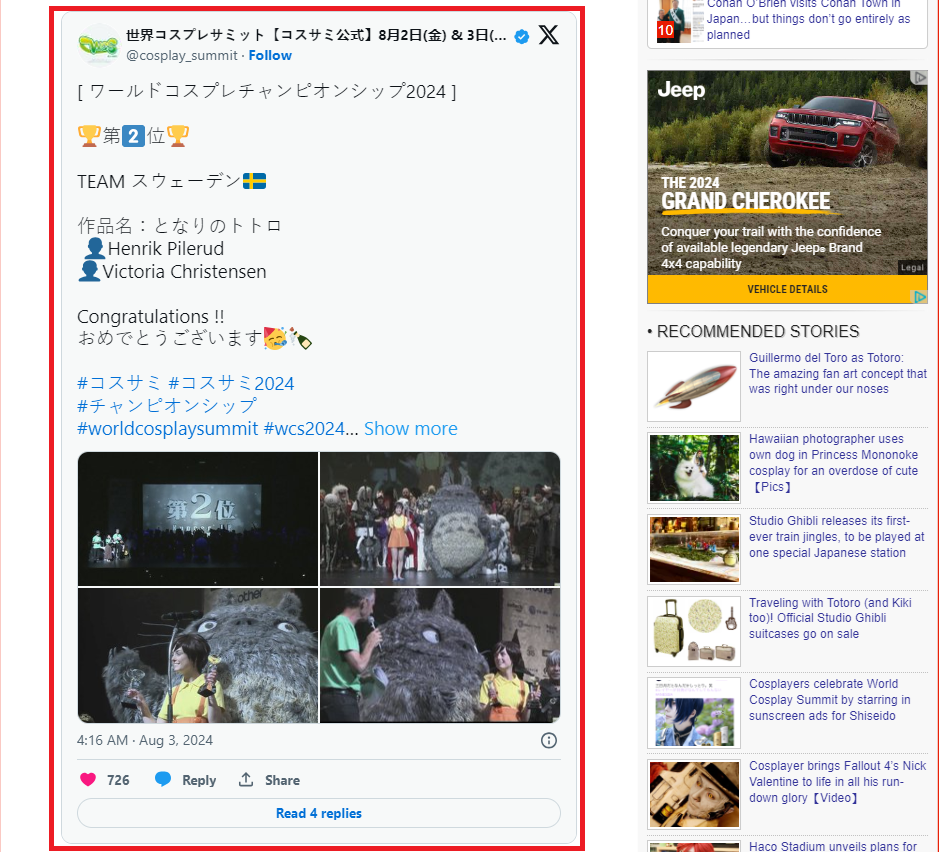
rel=publisher
Presence of <link rel="publisher" href="http://plus.google.com/+XYZCompany/posts"/> a tag in the html source code of your target page.

Terms of Service
A link on your target page to the Terms of Service page. (A link that contains the word “term” or “terms” in an A tag, usually in the footer of the page).
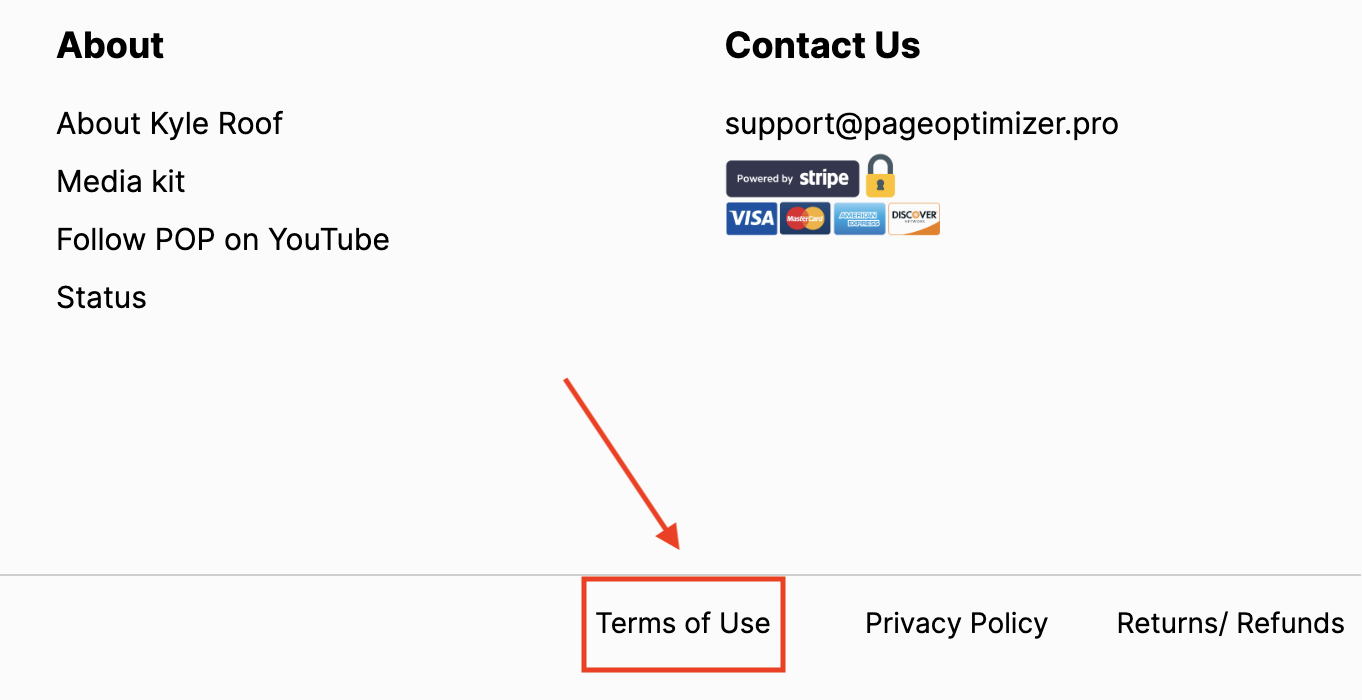
Twitter Description
Presence of <meta name="twitter:description" content="...." /> a tag in the html source code of your target page.

Copyright
The presence of the words “copyright,” “copyrights,” or “all rights reserved” or the copyright symbol in an a tag or in a p tag.
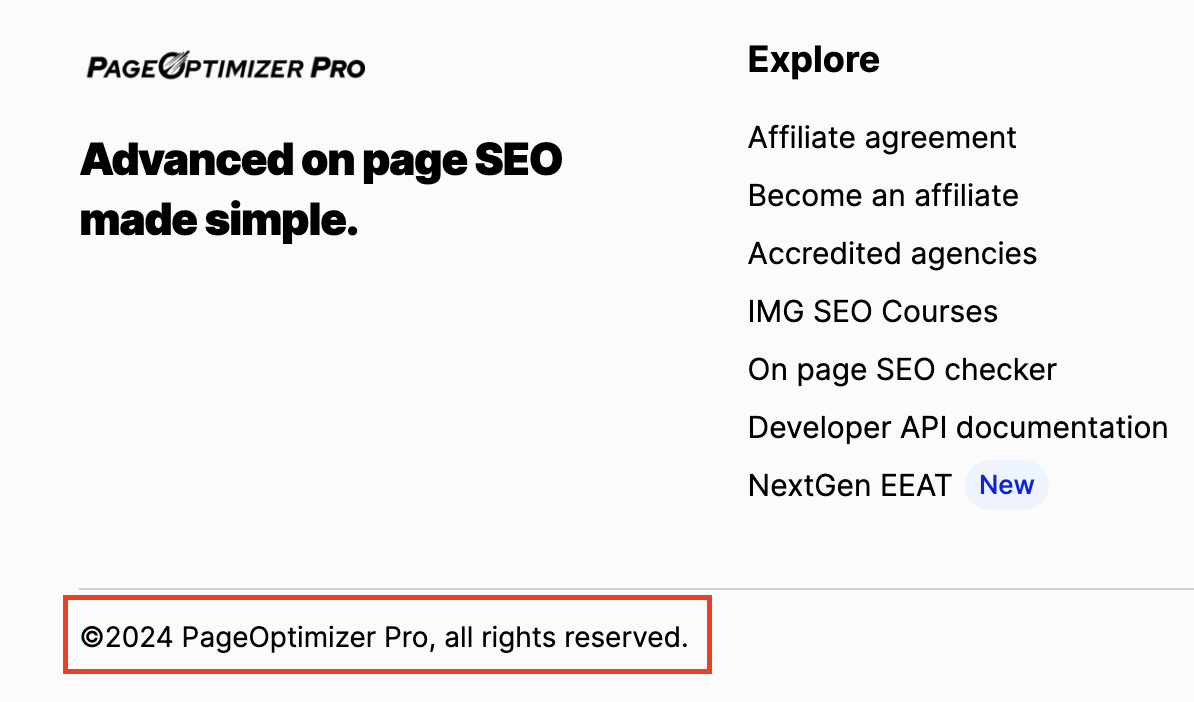
Customer Service Page
A link on your target page to a Customer Service Page. (A link that contains the words “customer service,” “contact us,” “help,” or “FAQ” in an A tag. This type of link is usually found in the footer of the page).

Return Policy
A link on your target page to a page that contains a return policy. (A link that contains the words “return,“returns,” “return policy,” in an A tag. This type of link is usually found in the footer of the page).
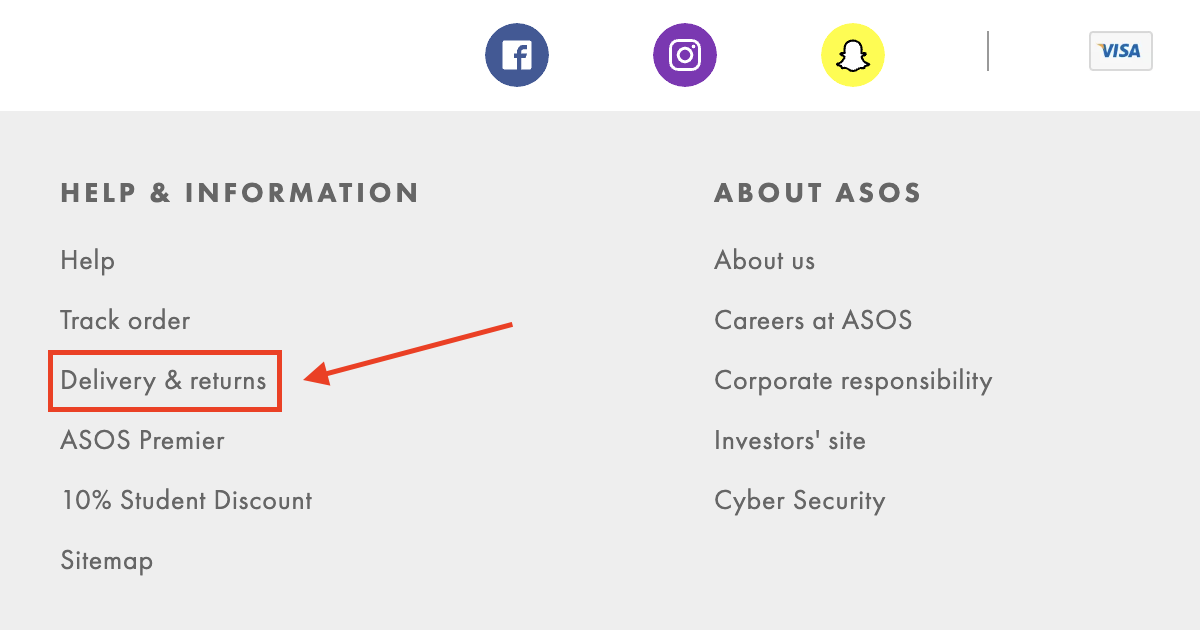
Award/Won link displayed
A link on your target page to a page that discusses an awards one. (A link that contains the words “award,“awards,” “won,” in an A tag. This type of link is usually found in the footer of the page). This link can go to an internal or external page.

On shopping sites display payment and exchange policies
A link on your target page that contains the words “payment” or “exchange.”
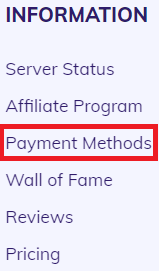
Trademark
A link on your page that contains the words “trademark, or “trademarks.” Alternatively, the presence of the trademark symbol in the footer of the target page.

Google map displayed
Embedded link to a Google Map in the html source of your target page.
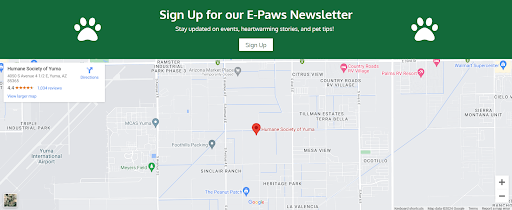
Business Address
The presence of a business address in the html source of your target page.

Rating Schema
The presence of a rating schema in the html source code of your target page.
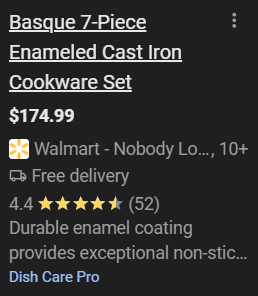
Author Schema
The presence of author schema in the html source code of your target page.

Date updated/Published
Presence of Updated/Published dates in the HTML source code.
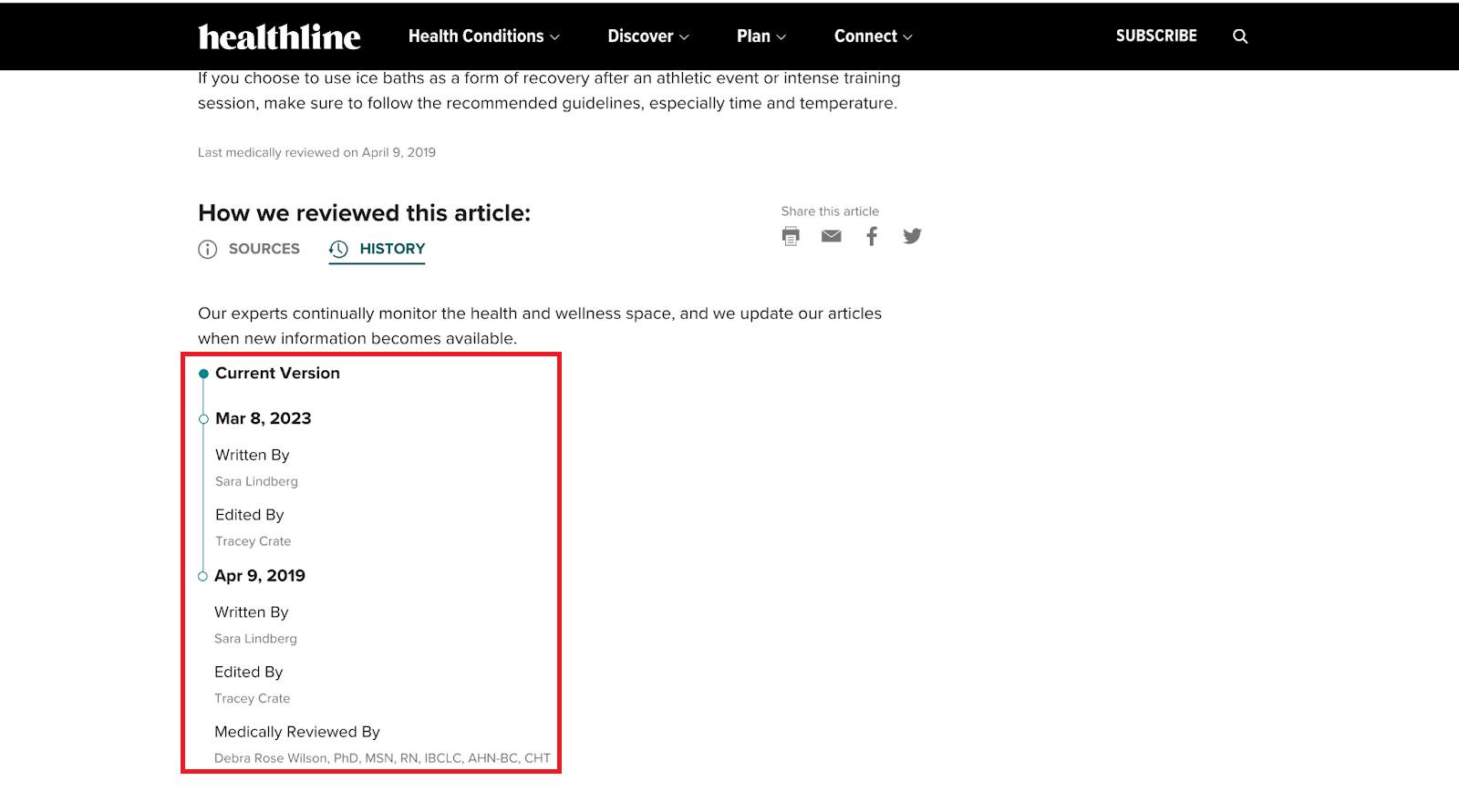
Authority outbound link .gov
The presence of a link on your page with the TLD .gov in it.
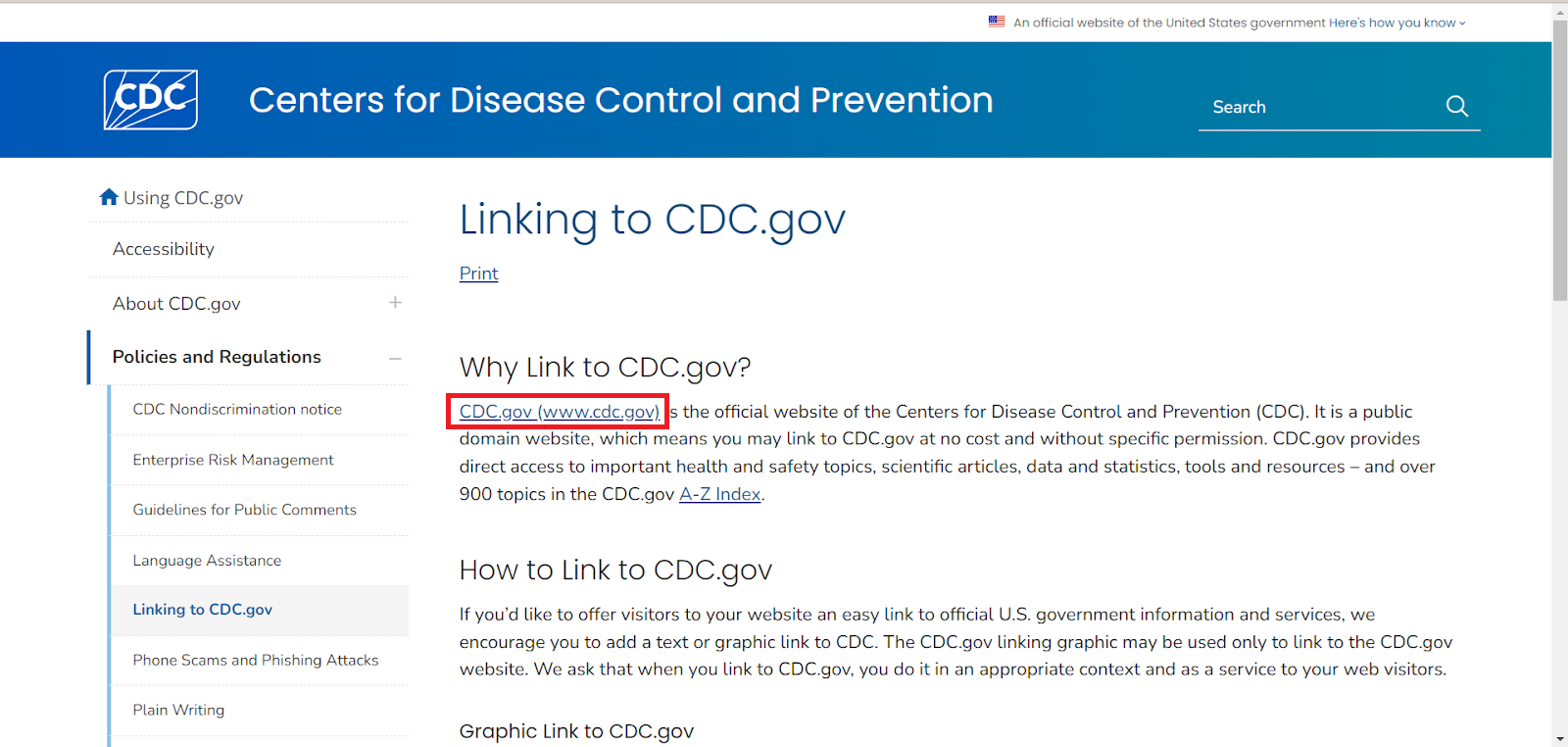
Authority outbound link .edu
The presence of a link on your page with the TLD .edu in it.
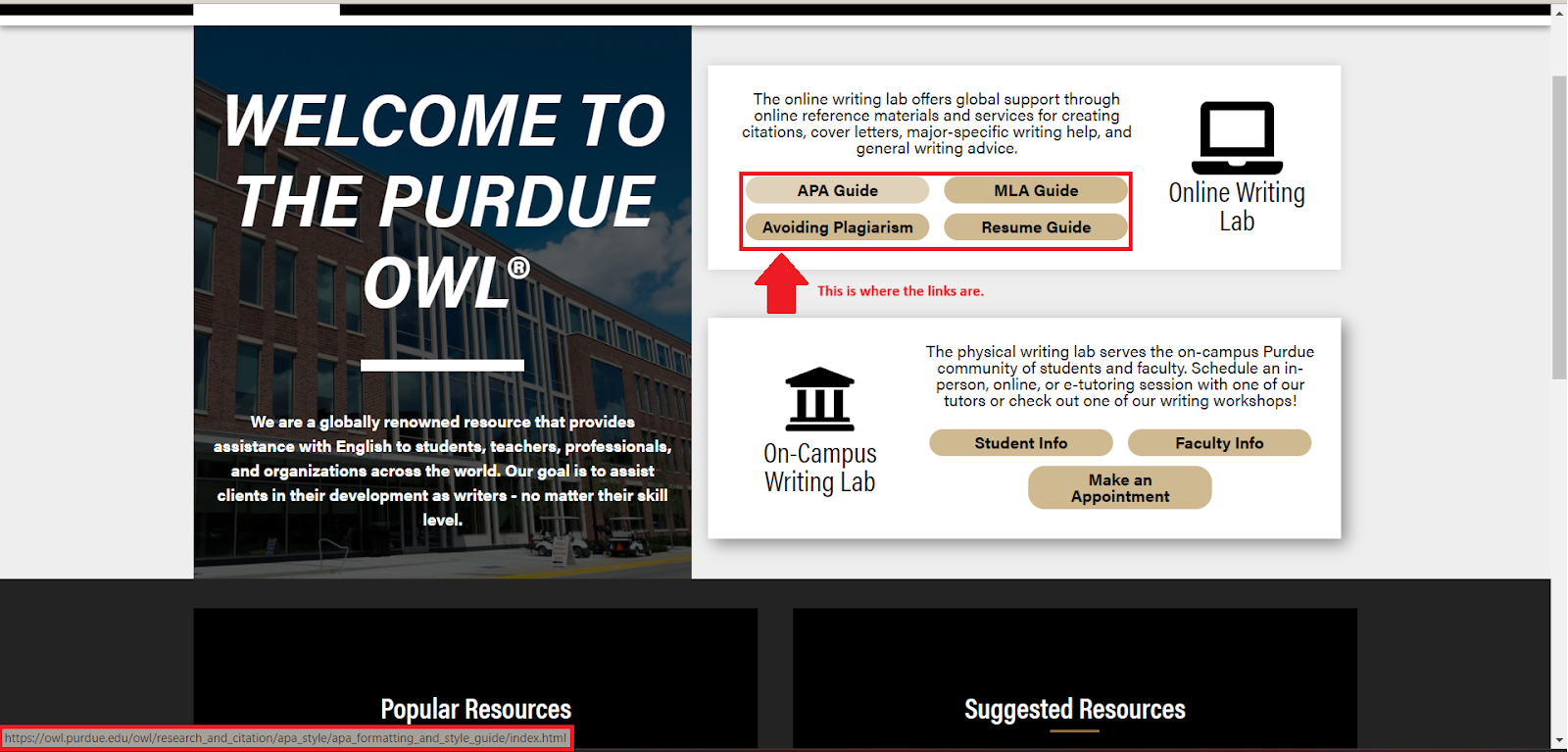
Recent blog post
The date in the time tag is within 30 days from the current date.
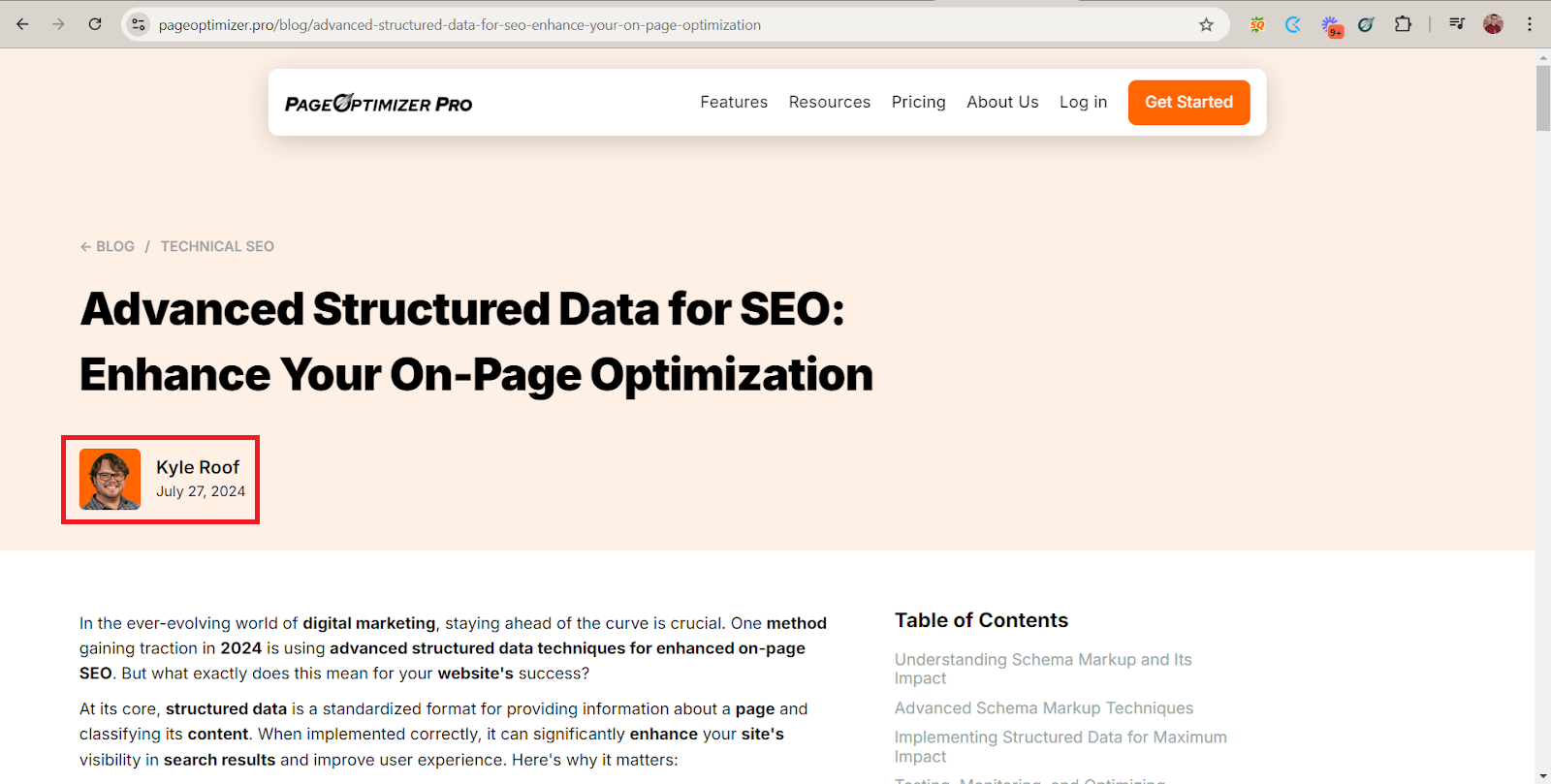
More than one email on site
The presence of more than one linked email, clickable on the page.
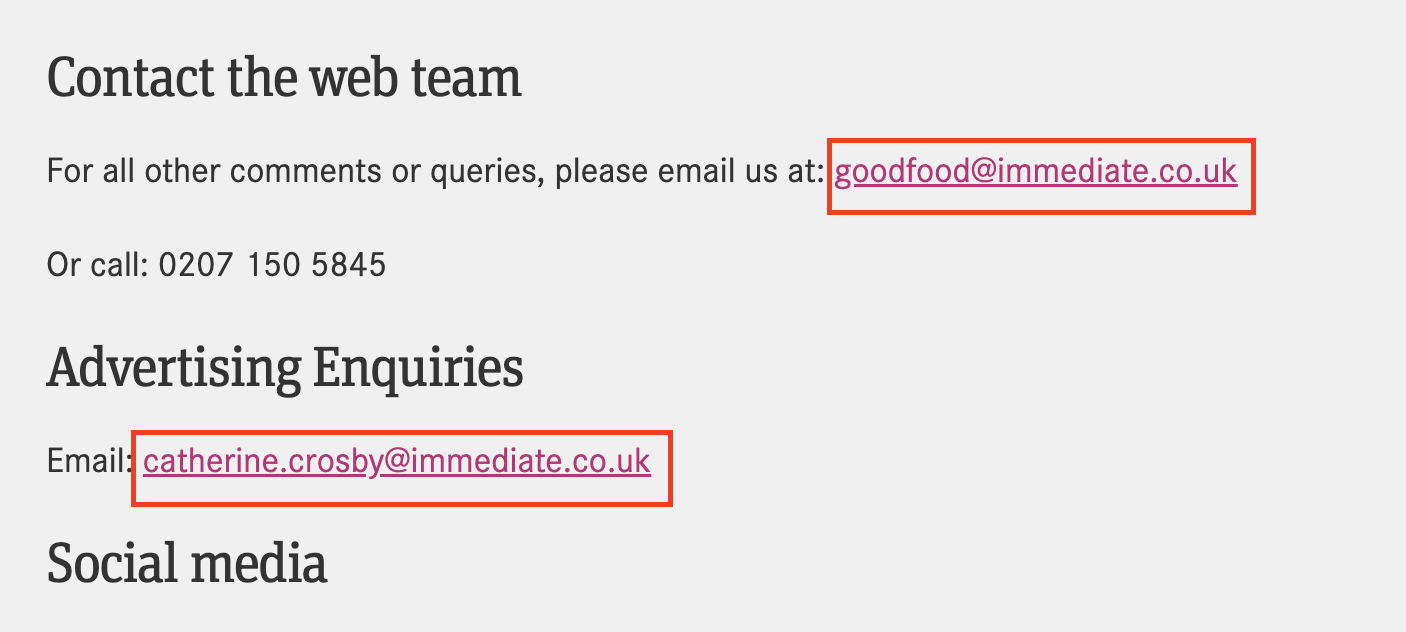
SSL certificate on the website
It is recommended to use a URL that starts with "https" instead of "http" for a secure connection. The extra "s" in "https" indicates that the website has an SSL Certificate, providing a secure layer of encryption.
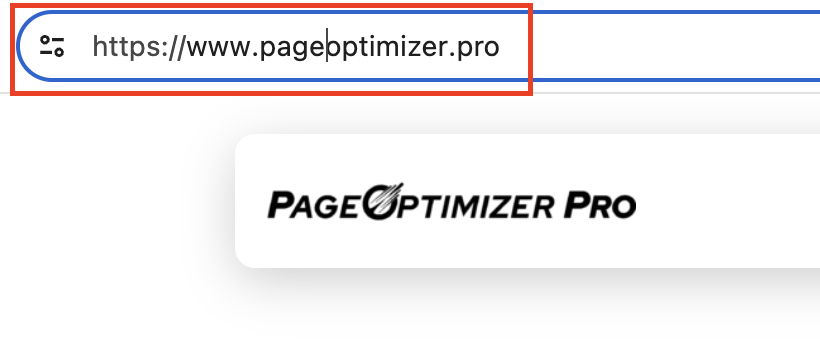
Link to Author page
The presence of a tag that has the class “author” or a link which includes the word “author” in the source code.
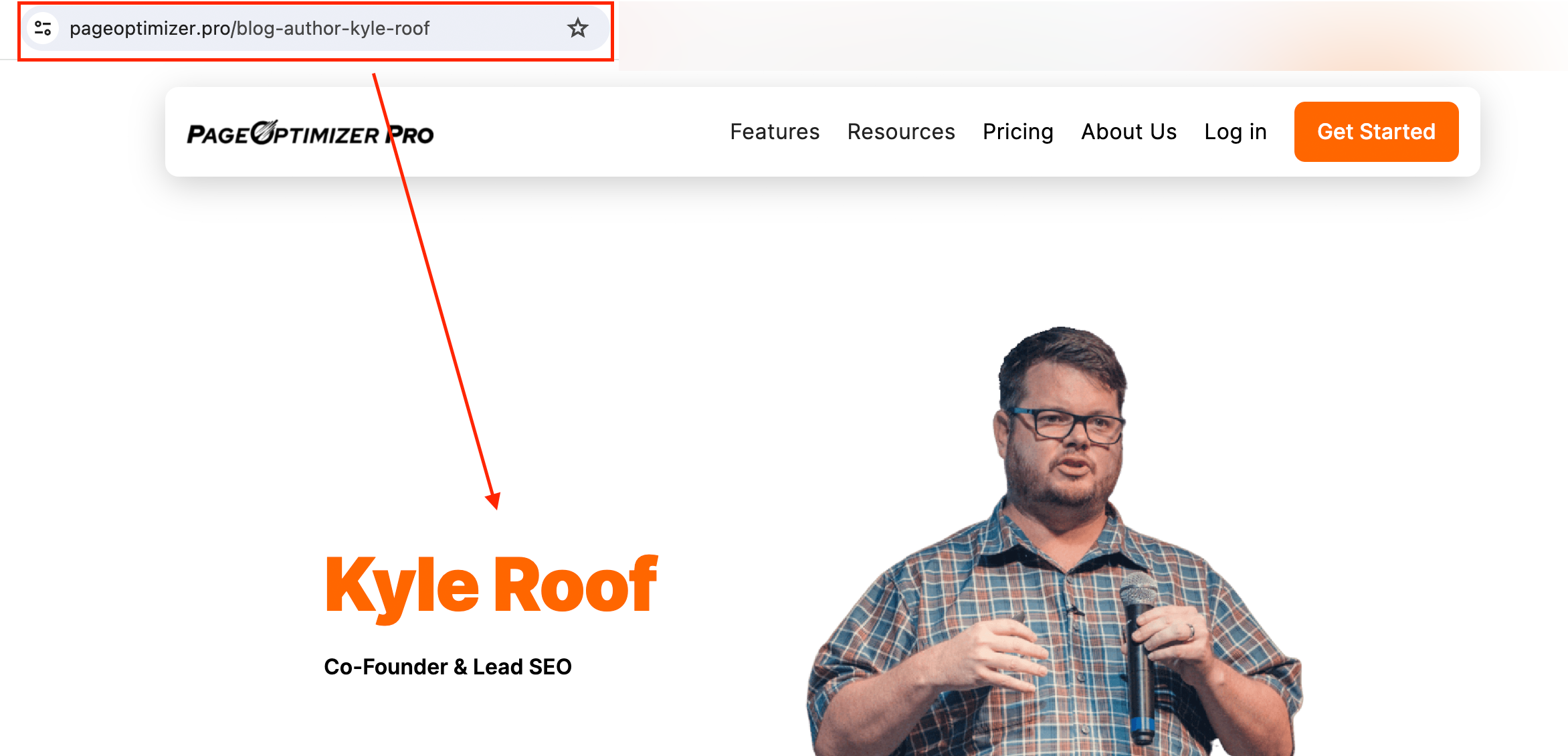
Meta author tag
The presence of a meta tag in the source code that contains the word “author.”

Person Schema
The presence of person schema in the html source code of your target page.
